“Every once in a while, the whole team gets excited,” Doniel Sutton, Pinterest’s chief people officer, told Newsweek. “Whenever there’s a story about a company forcing employees to work five days a week, everyone starts asking, ‘Is that going to happen to us?’”
Five years ago, the world seemed to stop spinning, the Covid-19 pandemic forced millions of office workers around the world to get used to working from home. The traditional concept of "going to work" suddenly disappeared, replaced by a series of meetings via the Zoom application. Business leaders at that time endlessly praised the flexible working model as an inevitable future. But that "future" seems to be taking unexpected turns.
As the pandemic subsides, a massive “reversal” is taking place, raising the age-old question: Office or freedom - which is the key to productivity and engagement in the new era?
The Return to the Office Wave: "New Normal" or Strategic Step Back?
In a domino effect, a series of tech and financial giants are turning the wheel, aggressively pulling employees back to familiar office spaces. Amazon, AT&T, Boeing, Dell, Goldman Sachs, JPMorgan, Tesla, and The Washington Post have all explicitly required employees to show up five days a week. Even icons of innovation like Apple, Google, IBM, Meta, and Salesforce have tightened their policies, stipulating the number of days they work in person.
What’s notable is what’s happening at Google, once a pioneer of open work culture. According to CNBC, some of Google’s remote workers have been given a clear message: return to the office at least three days a week, or face layoffs. Technical services employees are even being given a choice: accept a “hybrid” work schedule or take voluntary leave with a stipend.
Google’s HR department was given an even stricter mandate: return to the office by June or face layoffs. Google spokesperson Courtenay Mencini said the decision was based on the specific needs of each team, which is to foster creativity and solve complex problems through in-person work.
Intel is no exception. CEO Lip-Bu Tan is requiring employees to return to the office four days a week, officially ending the previous hybrid model. He believes that compliance with flexible work policies is messy and ineffective. For him, the office should be a "vibrant hub of collaboration."
In India, e-commerce giant Flipkart has also asked all employees to return to the office for five days a week. Amazon has announced a similar rule from January 2025, saying it wants to “strengthen corporate culture” and “increase collaboration,” according to CEO Andy Jassy.

A series of technology and financial giants such as Amazon, Boeing, Dell, Goldman Sachs, JPMorgan and Tesla require employees to work in the office 5 days/week (Illustration: Getty).
These moves are causing controversy. Many employees, especially those who have become accustomed to working remotely or even moving to the suburbs or rural areas, feel pressured. Many see this as a “soft layoff”: companies don’t have to announce layoffs or pay compensation, but still let employees leave.
One Reddit user commented bluntly: “It’s clear they want me to quit instead of forcing me to fire them. This is a streamlined personnel tactic they are willing to apply.”
Even Sam Altman, CEO of OpenAI, once declared that working completely remotely was a big “mistake” for the technology industry, especially for startups - where collisions, ideas and creativity need to be “word of mouth” directly.
Agile Fortress: When Employees Are at the Heart of Success
Amid the RTO (Return To Office) wave, there are still "fortresses" that are steadfast in the flexible work model, and they are reaping impressive results. Pinterest is a prime example. The company scored the highest on Newsweek's "America's Best Places to Work in Tech" ranking, with a 5-star rating. Their PinFlex policy - a flexible work model - has become a "magnet" for attracting talent.
“The thing we hear the most from employees is, ‘Please don’t take this away!’” says Doniel Sutton, Pinterest’s chief people officer. She says the company’s flexible work model, called PinFlex, consistently receives top marks in internal surveys because it makes it easier for employees to balance work and life, especially those who are raising children or caring for loved ones.
Airbnb, with its “live and work anywhere” policy, and Dropbox, a “remote-first” company, also made the list of best places to work, each with 4.5 stars. “Not all of our best people live within 50 miles of San Francisco,” Dave Stephenson, Airbnb’s chief business officer, said bluntly. Their flexible policies help them attract talent from all over the world.
A study in the journal Personnel Psychology found that remote workers reported higher levels of satisfaction, greater engagement, and lower turnover. Conversely, RTO policies have been shown to be detrimental to employee morale, as evidenced by a leaked internal memo from JPMorgan.
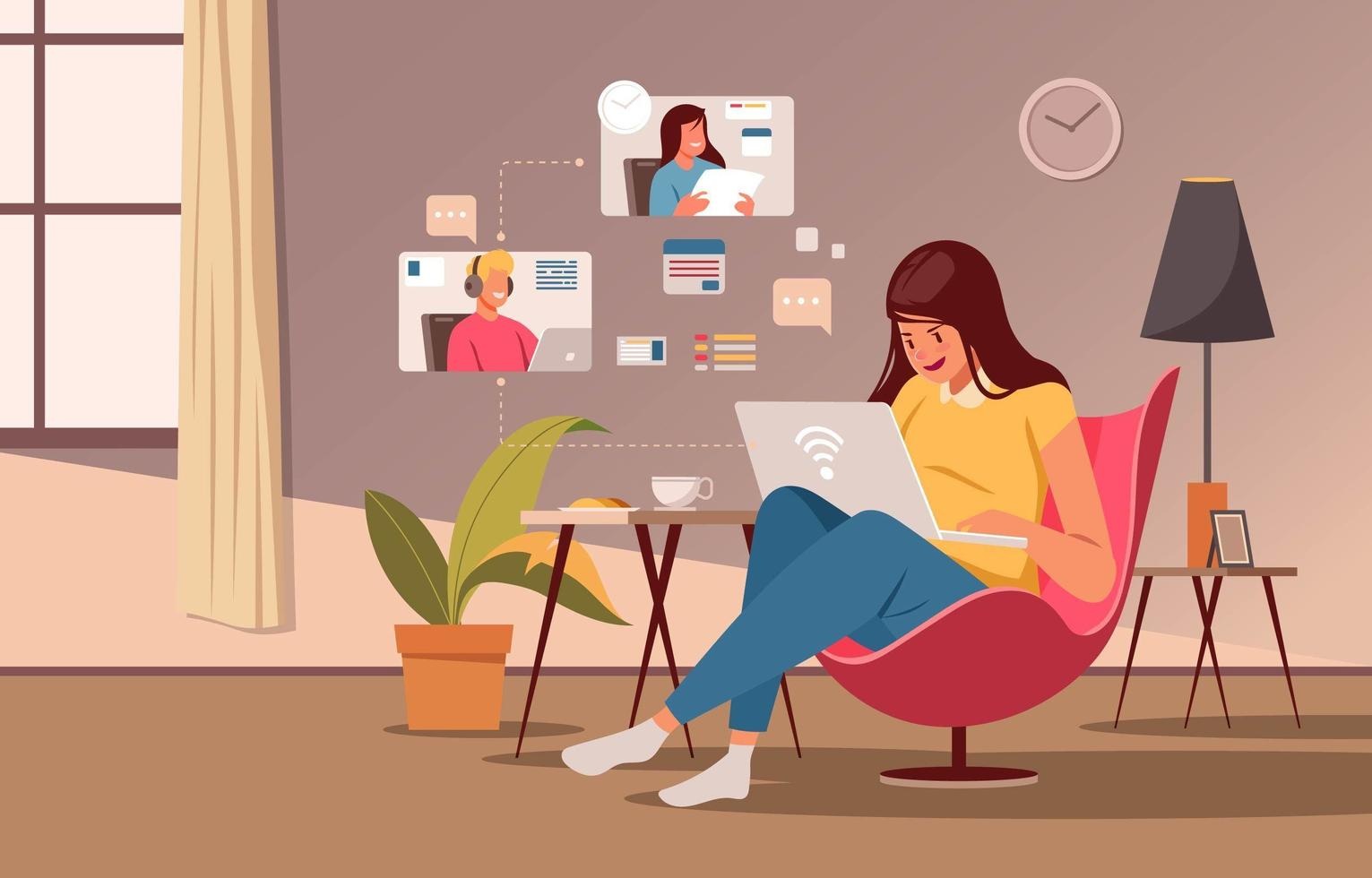
As many US corporations force employees to return to the office, Pinterest, Airbnb and Dropbox persist with the remote work model (Illustration: Vecteezy).
Allison Vendt, Dropbox's VP of People, calls the "Virtual First" model "the future of work," focusing on "how we work, not where."
Data from Plant-A shows that 82% of Dropbox employees feel the company supports good work-life balance, higher than the industry average (73%). Dropbox also cleverly incorporates the benefits of face-to-face meetings: 99% of internal meetings produce at least one positive outcome for the business, and 86% of employees say their team performance improves after each meeting.
These companies have also proactively addressed the issue of isolation when working remotely. Pinterest maintains 24 global offices, Airbnb has 26, not to force a presence, but to provide spaces for collaboration, community building, and engagement when necessary.
Expert perspective and the future of work in the AI storm
The debate between remote work and in-office work is not only a story of the present but also a sketch of the future, especially when Artificial Intelligence (AI) is gradually infiltrating every corner of life and work.
Sergey Brin, Google’s co-founder and now returning to run AI, has demanded that AI teams be in the office “nearly every day of the week.” He even stressed that “60 hours a week is the golden threshold for maximum performance” if they want to maintain their advantage in the global AI race.
This view shows that many leaders still strongly believe in the power of physical presence, especially for jobs that require high concentration and breakthrough creativity.

To attract and retain the new generation of workers, companies must meet workers' expectations of autonomy and flexibility, experts say (Illustration: Adobe Stock).
However, many experts have a different view. Bill Gates, co-founder of Microsoft, believes that AI could replace most human jobs in the next decade, potentially reducing working hours to just two days a week.
Venture capitalist Vinod Khosla also predicts that the 3-day work week could become a reality thanks to AI, benefiting both humanity and the economy . Reid Hoffman, co-founder of LinkedIn, is even more optimistic, saying that the traditional 9-to-5 job will disappear by 2034, making way for a thriving gig economy.
Meanwhile, some companies like Meta still maintain a hybrid model of 3 days/week, Adobe requires employees to be present 50% of the time, and Spotify remains steadfast in its “work from anywhere” policy. This shows that there is no one-size-fits-all formula.
The shift from working from home to the office, or the persistence of flexible models, is not simply a management decision, but reflects a relentless search for the optimal solution between productivity, corporate culture and employee well-being. The pandemic has inadvertently become a giant experiment in how to work, and now businesses are facing the mixed results.
There is no “right” working model for everyone. Working from home or going to the office, each has its own strengths and weaknesses. The important thing is that the business understands what it needs, what its team wants, and then finds the most suitable way.
Source: https://dantri.com.vn/kinh-doanh/tu-sofa-den-van-phong-tran-chien-dinh-hinh-tuong-lai-viec-lam-20250621004417258.htm



![[Photo] General Secretary To Lam presents the 45-year Party membership badge to comrade Phan Dinh Trac](https://vphoto.vietnam.vn/thumb/1200x675/vietnam/resource/IMAGE/2025/8/28/e2f08c400e504e38ac694bc6142ac331)
![[Photo] General Secretary To Lam attends the opening ceremony of the National Achievements Exhibition](https://vphoto.vietnam.vn/thumb/1200x675/vietnam/resource/IMAGE/2025/8/28/d371751d37634474bb3d91c6f701be7f)
![[Photo] Red flag with yellow star flutters in France on National Day September 2](https://vphoto.vietnam.vn/thumb/1200x675/vietnam/resource/IMAGE/2025/8/28/f6fc12215220488bb859230b86b9cc12)
![[Photo] Prime Minister Pham Minh Chinh meets with Speaker of the New Zealand Parliament Gerry Brownlee](https://vphoto.vietnam.vn/thumb/1200x675/vietnam/resource/IMAGE/2025/8/28/cec2630220ec49efbb04030e664995db)
![[Photo] Politburo works with the Standing Committee of Cao Bang Provincial Party Committee and Hue City Party Committee](https://vphoto.vietnam.vn/thumb/1200x675/vietnam/resource/IMAGE/2025/8/28/fee8a847b1ff45188749eb0299c512b2)




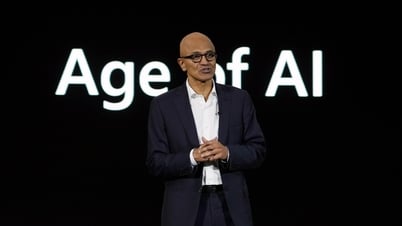




















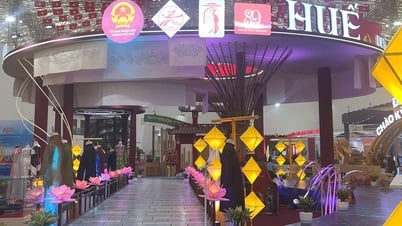














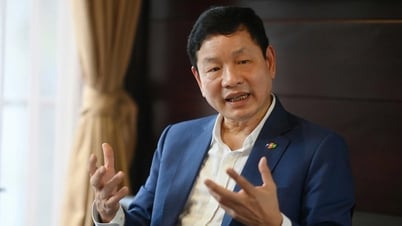

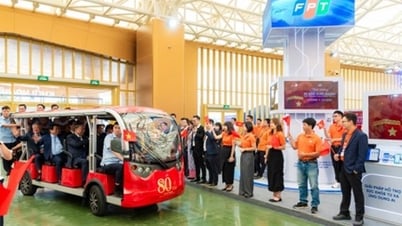

































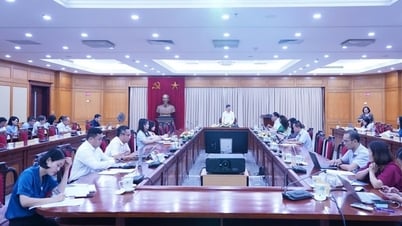










Comment (0)